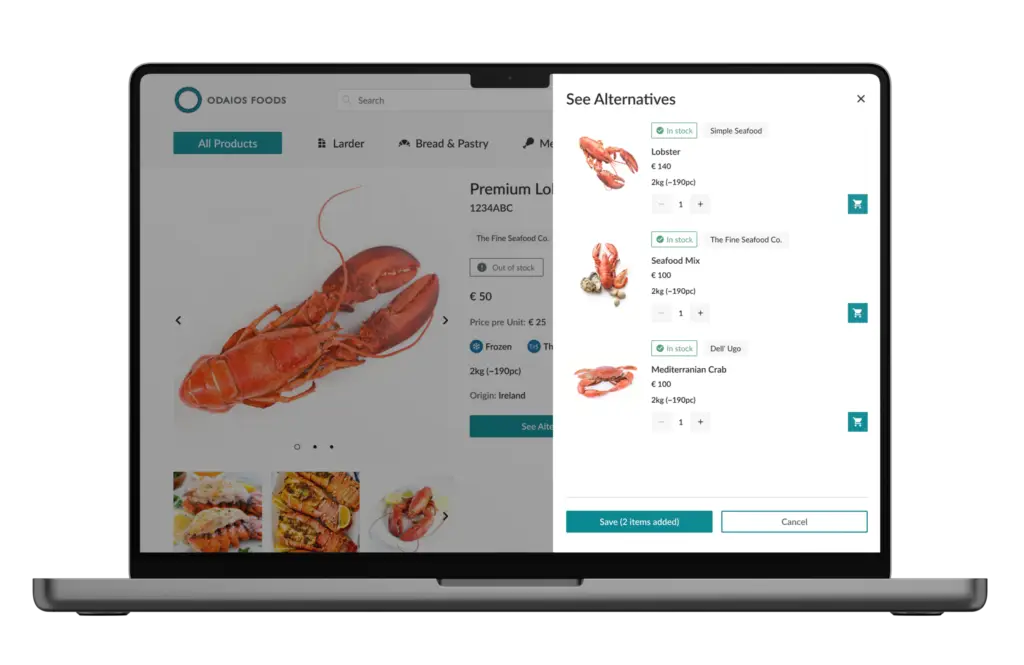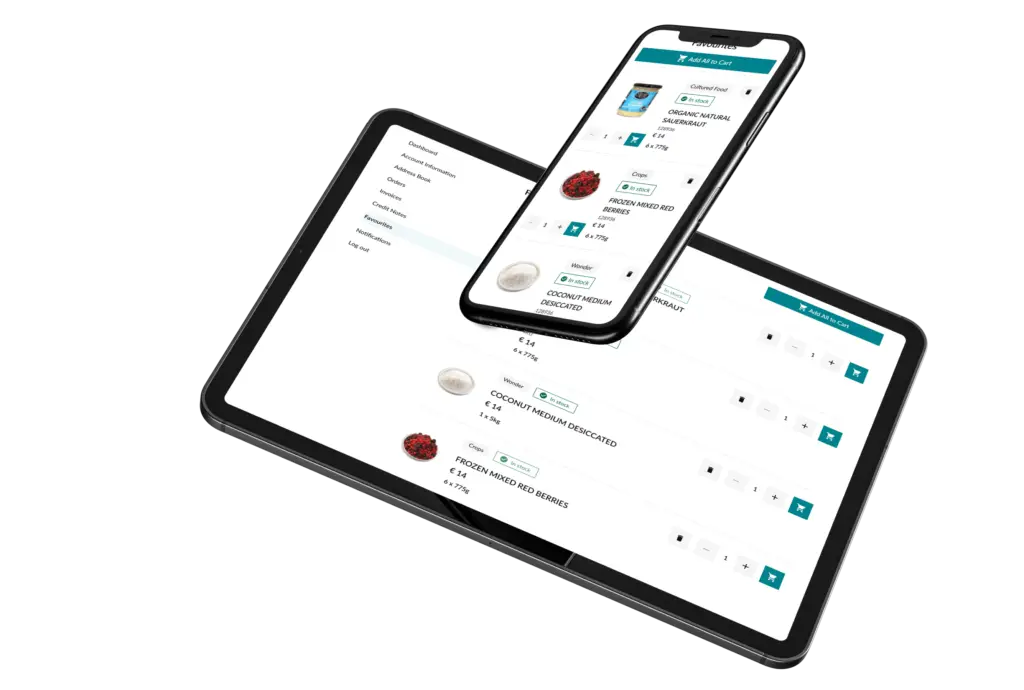Demographics are changing in B2B, as 71% of buyers are now Millennials or Gen Z, according to a recent Forrester report. As a result of these digital natives stepping into decision-making roles, customer expectations need to be met with a more consumer-like, sleek digital experience.
As businesses increasingly embrace online sales, upselling and cross-selling are two strategies that can significantly impact profit margins. These techniques, traditionally effective in B2C, have unique applications in B2B eCommerce that can help distributors, wholesalers, and manufacturers not only improve sales but also enhance customer relationships.
Here’s how your B2B business can capitalise on these strategies and drive value for both you and your customers.
Before diving into strategies, let’s clarify what upselling and cross-selling mean in the B2B context.
These strategies are not only about increasing revenue; they are also about providing a seamless buying experience that anticipates your customer’s needs and drives long-term business value.

Upselling and cross-selling are powerful ways to boost profits and improve customer satisfaction in B2B eCommerce.
Here’s why they’re particularly important in the B2B space:
Upselling in B2B requires a clear understanding of customer needs and a focus on providing extra value. Here are some key techniques you can rely on to increase the success of your upselling efforts.
A key upselling strategy in B2B eCommerce is to offer customers a more cost-effective price-per-unit for a larger purchase. Since B2B buyers often make bulk purchases, highlighting the savings of buying in larger quantities can be a great way to upsell.
Example: If a buyer is purchasing 50 units of a product, you could offer a discount or bundled pricing for 100 units, helping them save in the long run and encouraging larger orders.
In B2B, products often come with tiered features or capabilities. Suggesting a higher-grade version with more features can drive additional value for customers who are willing to invest in a more robust solution.
Tip: Ensure that your product descriptions clearly differentiate the benefits of higher-tier options to make it easier for customers to see the added value.
Particularly for software, equipment, or recurring product needs, offering a subscription or an enhanced service package as an upsell can provide ongoing value. For example, offer regular maintenance, premium support, or an extended warranty for a nominal additional fee.
Cross-selling can deepen customer value by meeting additional needs. By leaning on the data you have available, you’ll be able to pull related product information dynamically and provide users with options that often go together.
The simplest and most effective form of cross-selling is to recommend products that naturally complement what the customer is already buying. This could include add-ons, accessories, or related consumables that enhance the use of the primary product.
Example: If a customer is purchasing office furniture, suggesting ergonomic accessories, office supplies, or assembly services can add convenience and encourage a larger purchase.
B2B buyers have specific needs based on their industry, purchase history, and role within their organisation. Use customer data to tailor cross-sell recommendations that are likely to appeal to them, enhancing the relevance and effectiveness of your offers.
Tip: Utilise AI-driven tools or the built-in analytics of your eCommerce platform to analyse customer behaviour and preferences to make smarter recommendations.
Bundling products together as kits can create value for your customers and simplify their purchasing decisions. Kits are especially useful when they solve a complete problem or provide a full set of tools for a particular task.
Example: If a customer needs safety equipment, a pre-packaged kit containing helmets, gloves, vests, and first aid supplies makes it easy for them to order everything they need in one go.
Timing and context are crucial to the success of upselling and cross-selling strategies. You want to add value, not detract and distract from what the user is already buying. Here’s when and how to present the option, while not adding friction to the checkout process.
B2B buyers often research extensively before making a purchase. Use your product pages to present upsell options clearly, with side-by-side comparisons of features or pricing. For cross-selling, showcase related products right on the product page so they’re visible while the customer is browsing.
The checkout stage is an optimal point for cross-selling. If a customer has already added items to their cart, they’re more likely to consider relevant add-ons or accessories. A well-designed “Customers Also Bought” section can make these suggestions without interrupting the purchasing flow.
Cross-selling doesn’t have to end at checkout. Once a customer has completed a purchase, consider following up with a personalised email recommending other products that align with their purchase or offer services that can enhance their original order.

To ensure success, consider these best practices when upselling and cross-selling in B2B:
A well-optimised B2B eCommerce platform like Apex plays a pivotal role in facilitating upselling and cross-selling strategies. With the ability to leverage customer data, implement targeted suggestions, and offer a seamless buying experience, Apex makes it easier for B2B businesses to maximise profits through effective upselling and cross-selling.
The right platform enables automation, personalisation, and analytics, all of which are critical to understanding your buyers and serving them better.
To learn more about the solutions we have for various B2B eCommerce challenges, including effectively upselling and cross selling, reach out to our expert team below.
Contact us today to schedule a quick free demo or just to discuss your B2B Commerce needs with our experts and find the best solutions for you.